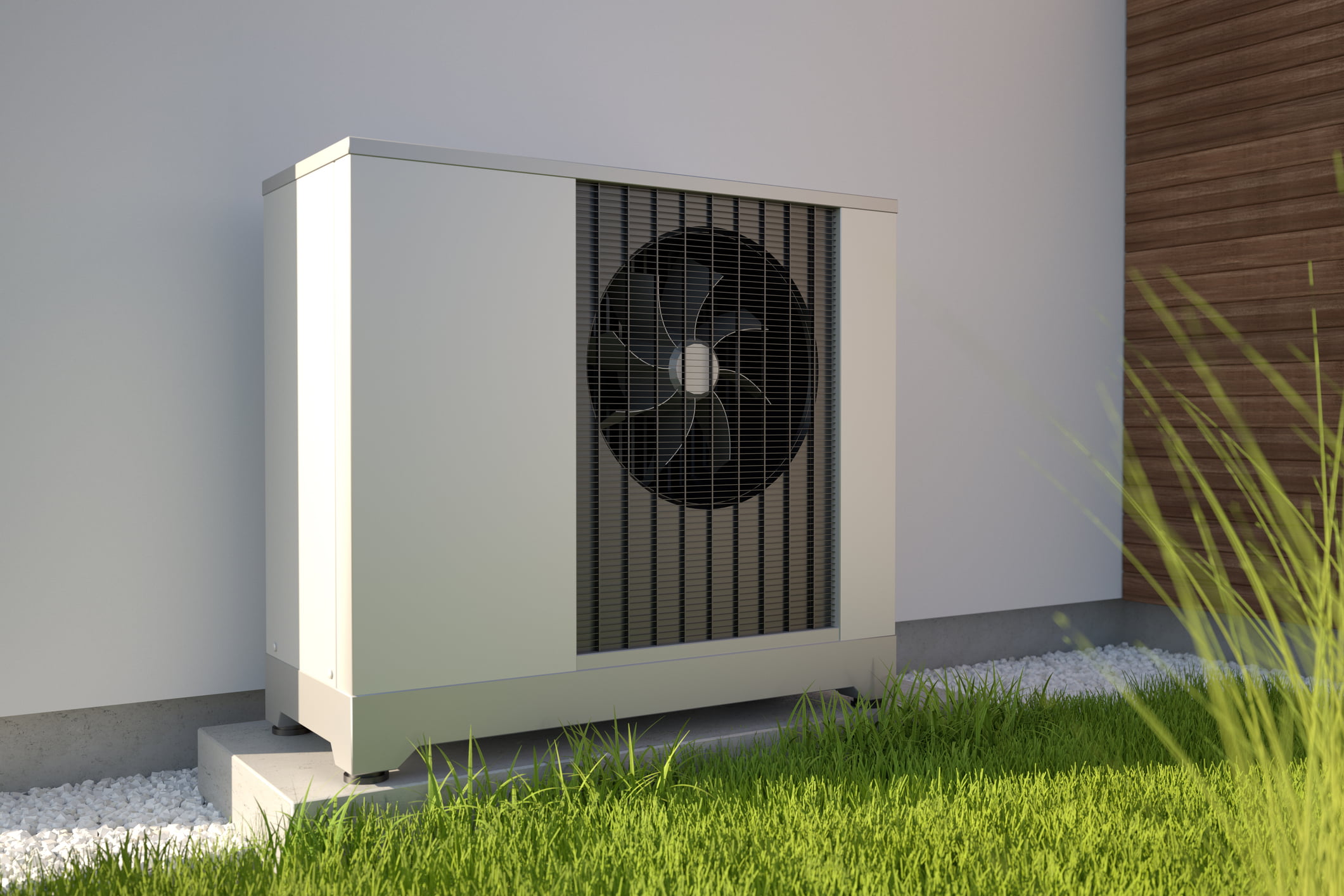The efficiency of a heat pump depends on the ‘source’ temperature. The colder the source temperature, the harder the heat pump must work. This means that where a house is located and the time of year can affect the efficiency of heat pumps.
Air source heat pumps take heat energy from the outside air. Air temperatures tend to fluctuate between -5°C to 25°C for most of the year.
- The coldest ever air temperature recorded in the UK was -27°C in Braemar, Scotland.
- The hottest ever air temp recorded was 40°C in Coningsby, England.
However, -5°C to 25°C range covers at least 95% of the year for most homes in the UK.
Ground source heat pumps extract heat from the soil, where the temperature doesn’t reach as high, but it also doesn’t drop below freezing. Mostly, the soil temperature will stay above 5°C throughout the year.
This means there are many points during the year when an air source heat pump will be more efficient than a ground source heat pump, because the air temperature is warmer than the ground temperature. However, when it gets really cold, a ground source heat pump can be more efficient than the air source heat pump.
Unlike a ground source heat pump, an air source heat pump doesn’t need to use energy to pump fluid around the pipework outside. As a result, an ASHP can still be slightly more efficient on days there the air is the same temperature as the ground.
Overall, ground source heat pumps tend to be more efficient over the year if you live somewhere that often has very cold winter temperatures. Whether the energy savings will outweigh the additional installation cost will depend on where you are in the country, the ground temperature and expected air temperatures.
An air source heat pump can continue working at temperatures of around -15°C; some can even work at much lower temperatures. However, if the temperature is regularly below freezing, you might find that a ground source heat pump is a better option.

